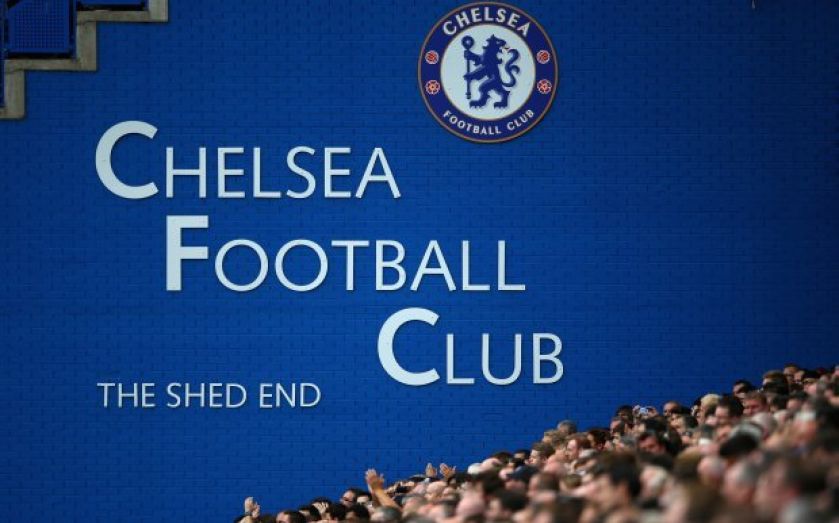| Updated:
Chelsea are in a race against time to keep up with Manchester United and Arsenal on matchdays

Having scoured the locality for an appropriate site on which to build a new stadium Chelsea have now apparently decided they must look for a solution within the confines of the existing ground footprint. Whether it’s the right location or optimal site or even cost effective is in some ways irrelevant; the club thinks it’s in a race against time.
The reason for this haste is the immediacy of the impact of European financial fair play (FFP) rules requiring clubs to break even and only spend what they earn. This is also the driver for Liverpool, Tottenham and Manchester City looking to increase stadium capacities.
Chelsea currently generate annual matchday income of £71m – less than Arsenal’s £93m and Manchester United’s £109m. If the Blues don’t increase revenues then owner Roman Abramovich will only be able to subsidise the club to the tune of £8m, the extent of allowable losses under FFP from next season until 2018/19, when they will reduce even further – a far cry from the £900m invested so far, which, other than the Cobham training ground, has mainly gone on players.
I believe most fans would rather stay at Stamford Bridge than leave the borough even though a makeover may not include the innovative facilities a new-build could incorporate. On the one hand its location gives the club a great advantage in generating significant corporate hospitality revenues, but on the other it means that any re-build is fraught with difficulties because of the planning issues and disruption that would be caused. We haven’t had many details yet but it sounds like it’s at a very early stage in terms of progress and came to light only as a result of the enquiry to Twickenham emerging in the media.
It makes you wonder if it would be worth all the effort unless matchday revenues can be increased substantially by £30-50m a year, which I’m not sure they would. The size of recent television rights contracts and global commercial deals, such as Manchester United’s Adidas deal worth £75m per year, may well offset some of the need for larger stadiums and that wasn’t the landscape a few years ago when teams started to pursue larger capacities. It’s probably understandable in the case of Tottenham and Liverpool, who have annual matchday revenues of £33m and £45m respectively but maybe less so for Chelsea.
Chelsea and City have achieved success through the benevolence of their benefactors. The major argument against FFP rules is that they will prevent clubs following the same model and favour those big teams with facilities to generate large revenues, thereby locking in a differential that can never be bridged. Chelsea, if they are to remain competitive at the top level, must get their house in order and be ready for the new financial landscape. They may feel they are already behind the curve after aborted attempts at relocating to Battersea and Earls Court so will be keen to progress any redevelopment quickly.
An unwanted consequence of forcing clubs to maximise income is that fans may be asked to pay higher ticket and merchandise prices, rather than sharing in the enhanced TV revenue windfalls through lower costs. Looking to the future, another interesting issue within FFP is that there is no cap on clubs using debt to finance a stadium, which may put them at risk should revenues fall.